Since the birth of the photographic image in 1839, there has never been a world without conflict or war. This unfortunate fact parallels the meteoric rise of photography, first analogue, and most recently, digital photography, which has created a world in which we all live with images of atrocity on a daily basis. In the absence of the people who suffered these atrocities, how does a contemporary photographer respond? With the enduring architecture of war machines, bunkers, disfigured landscapes and infrastructure, these atrocity landscapes challenge us to bear witness to the past in the present.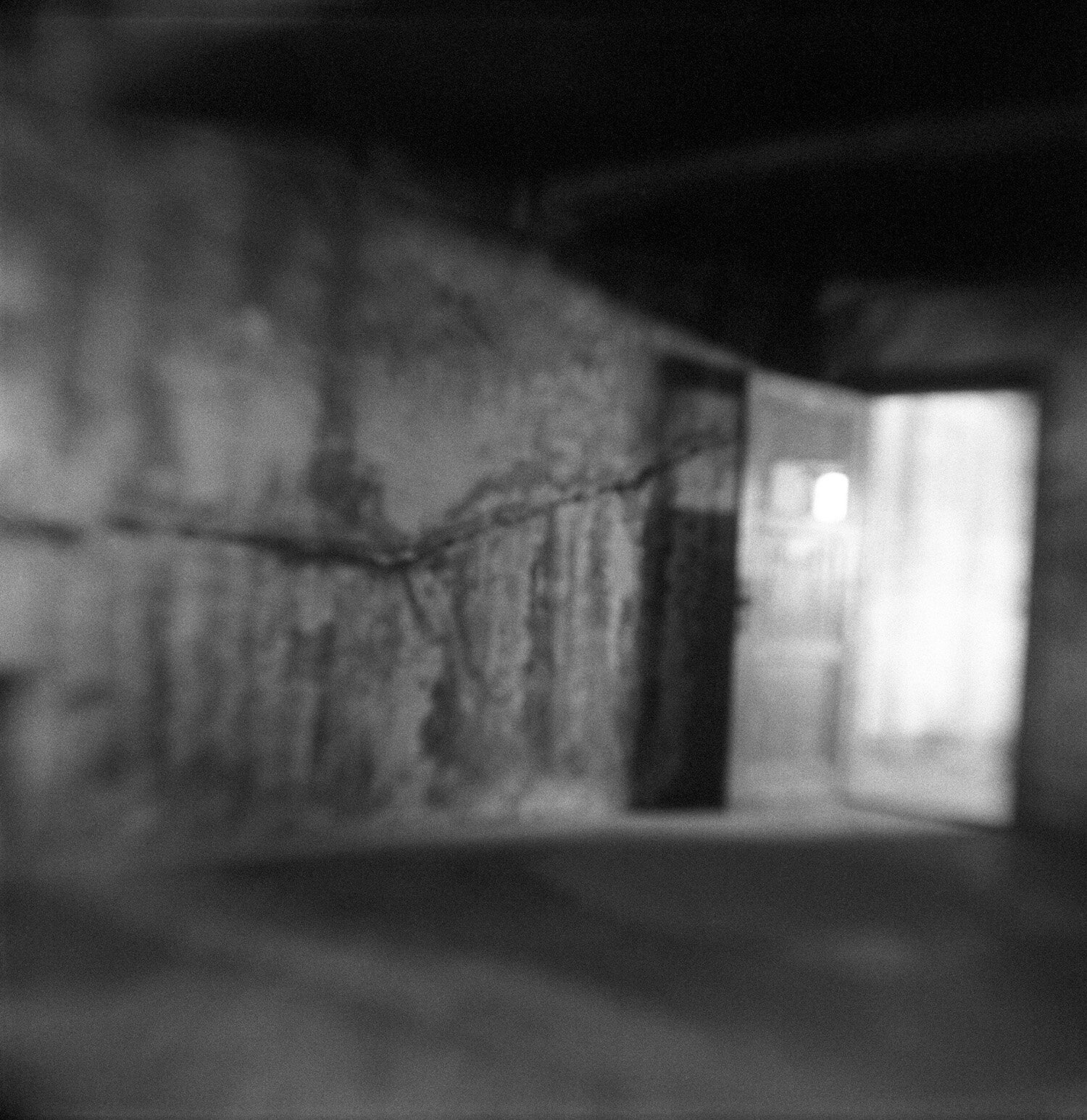
Gas Chamber, Auschwitz
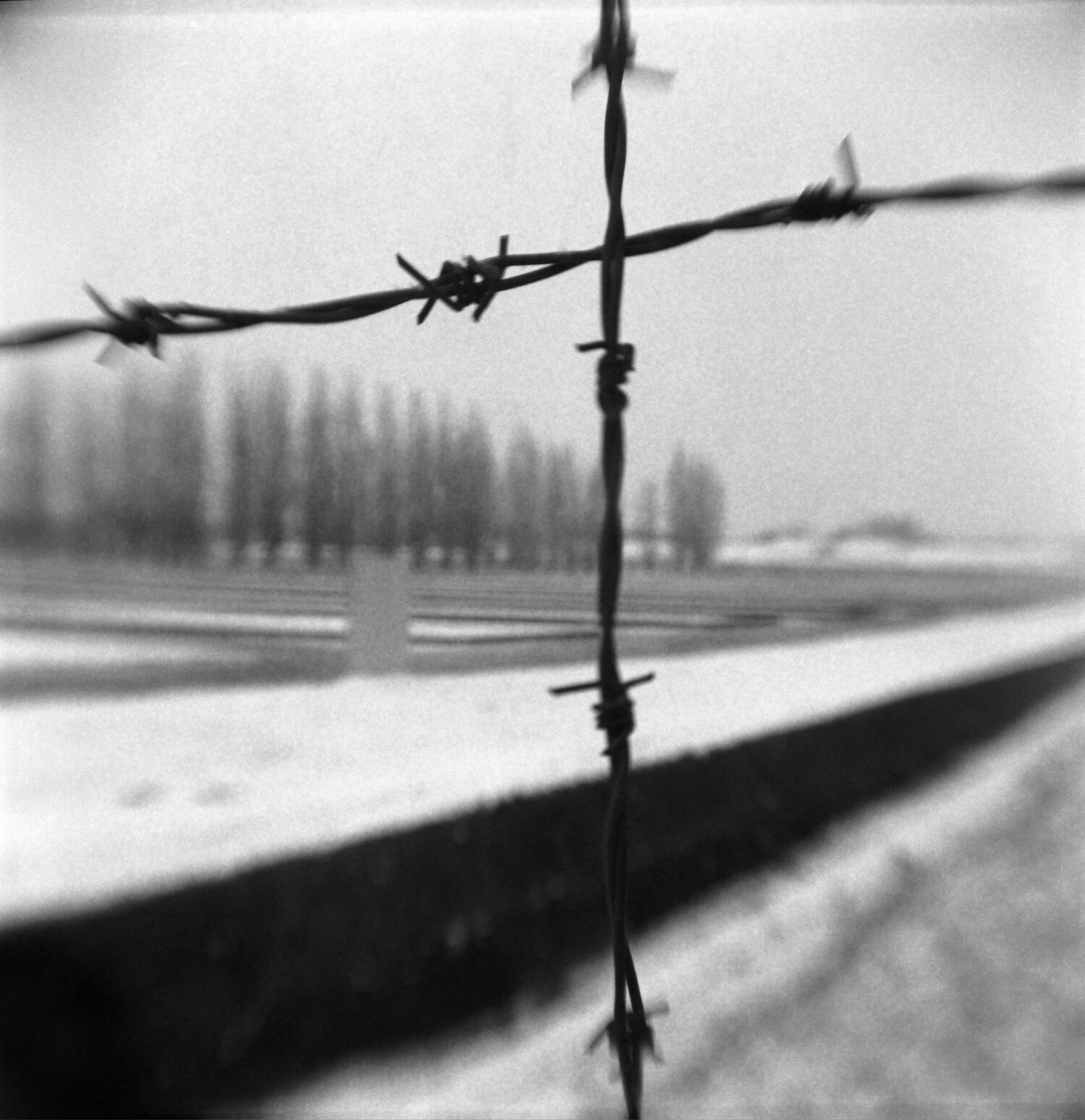
Dachau, Germany
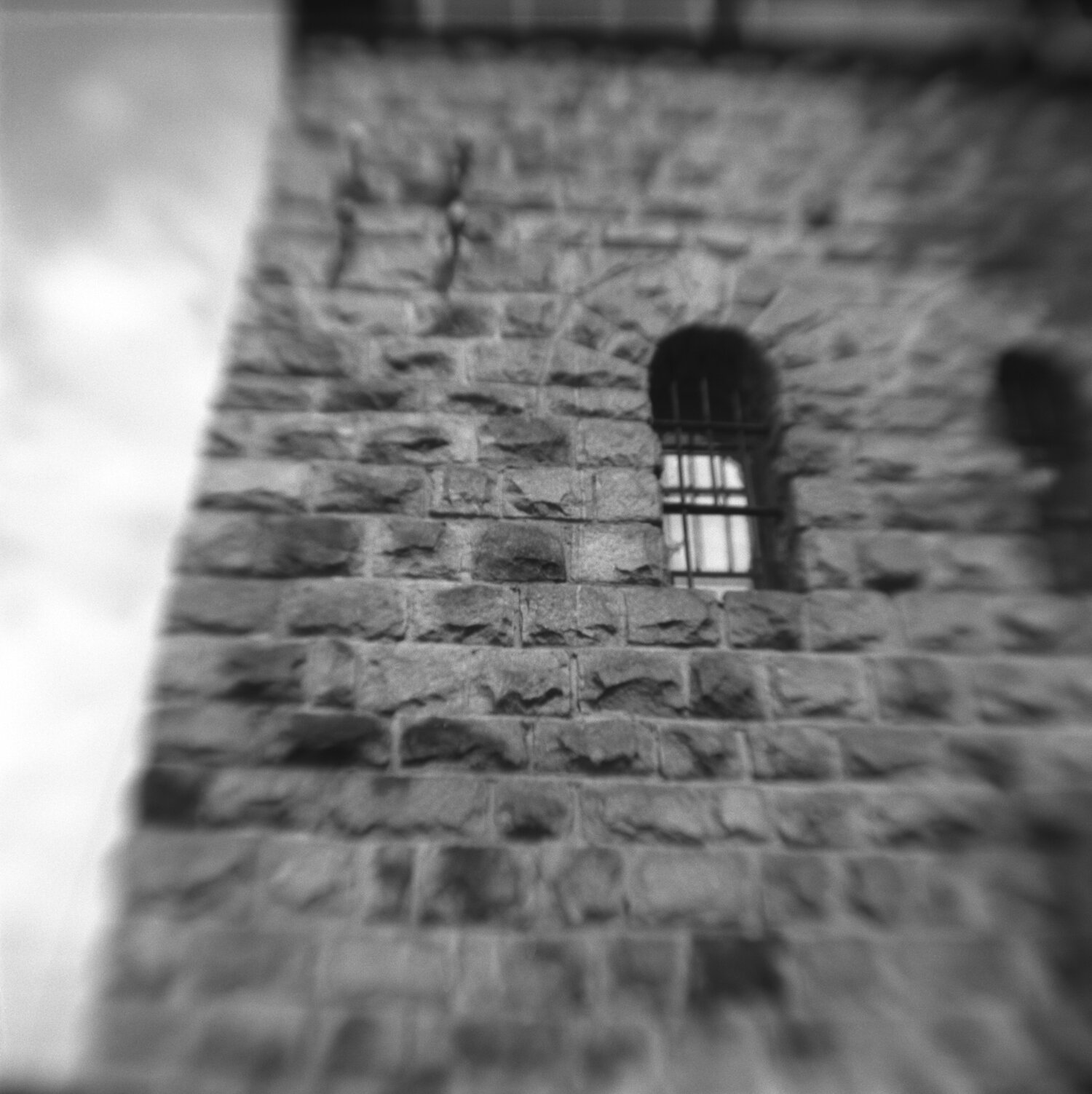
Mauthausen, Austria
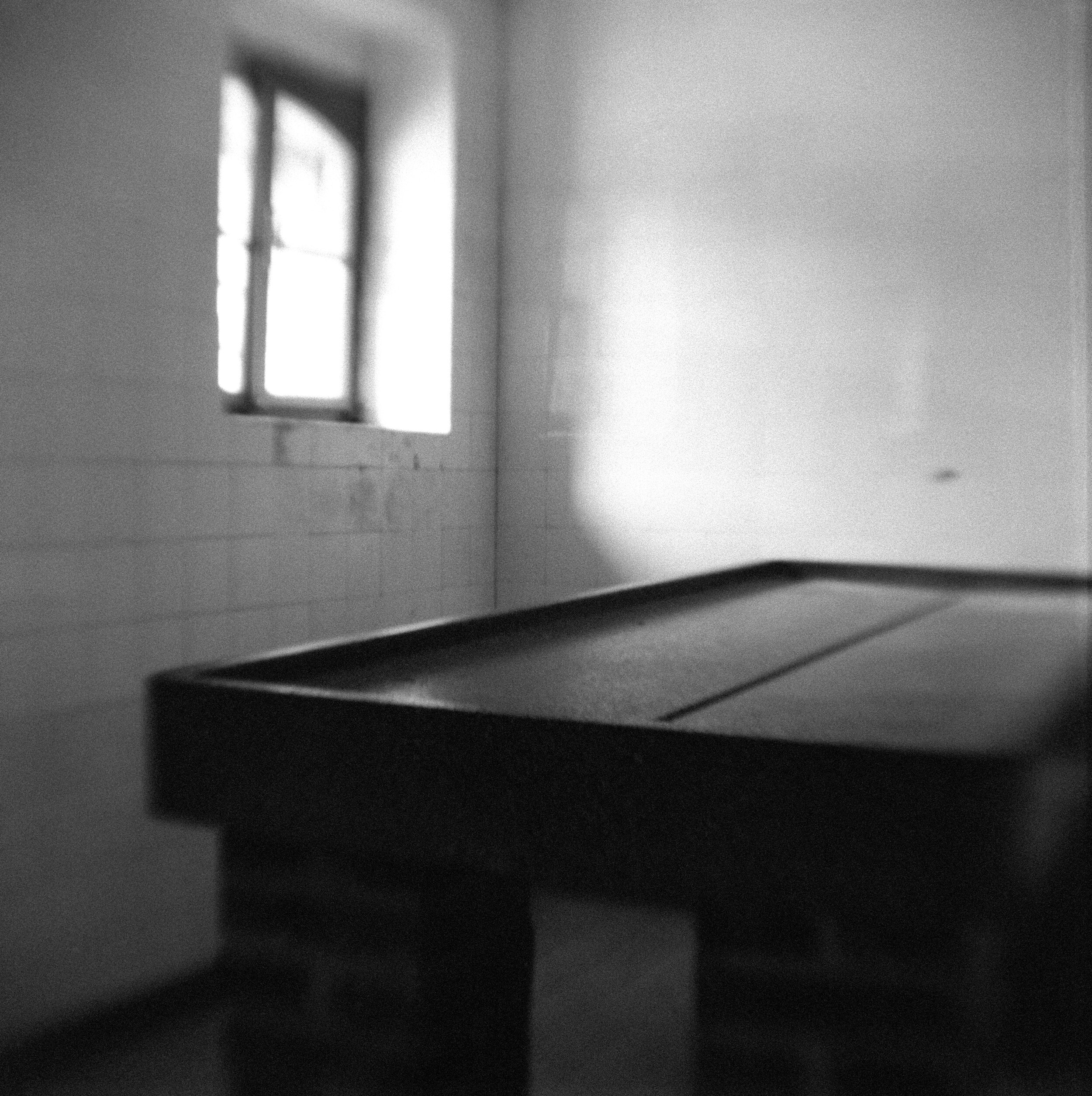
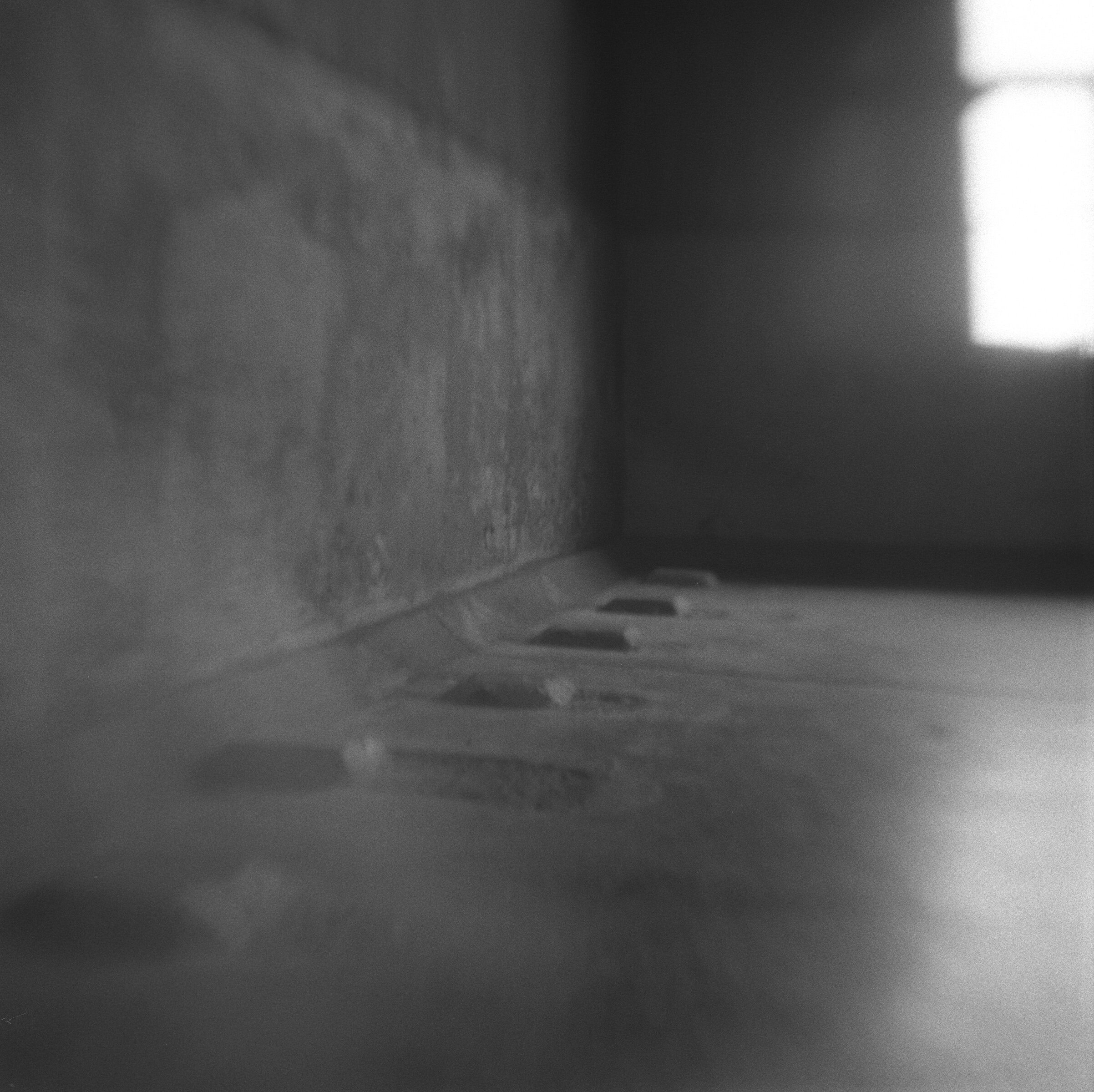
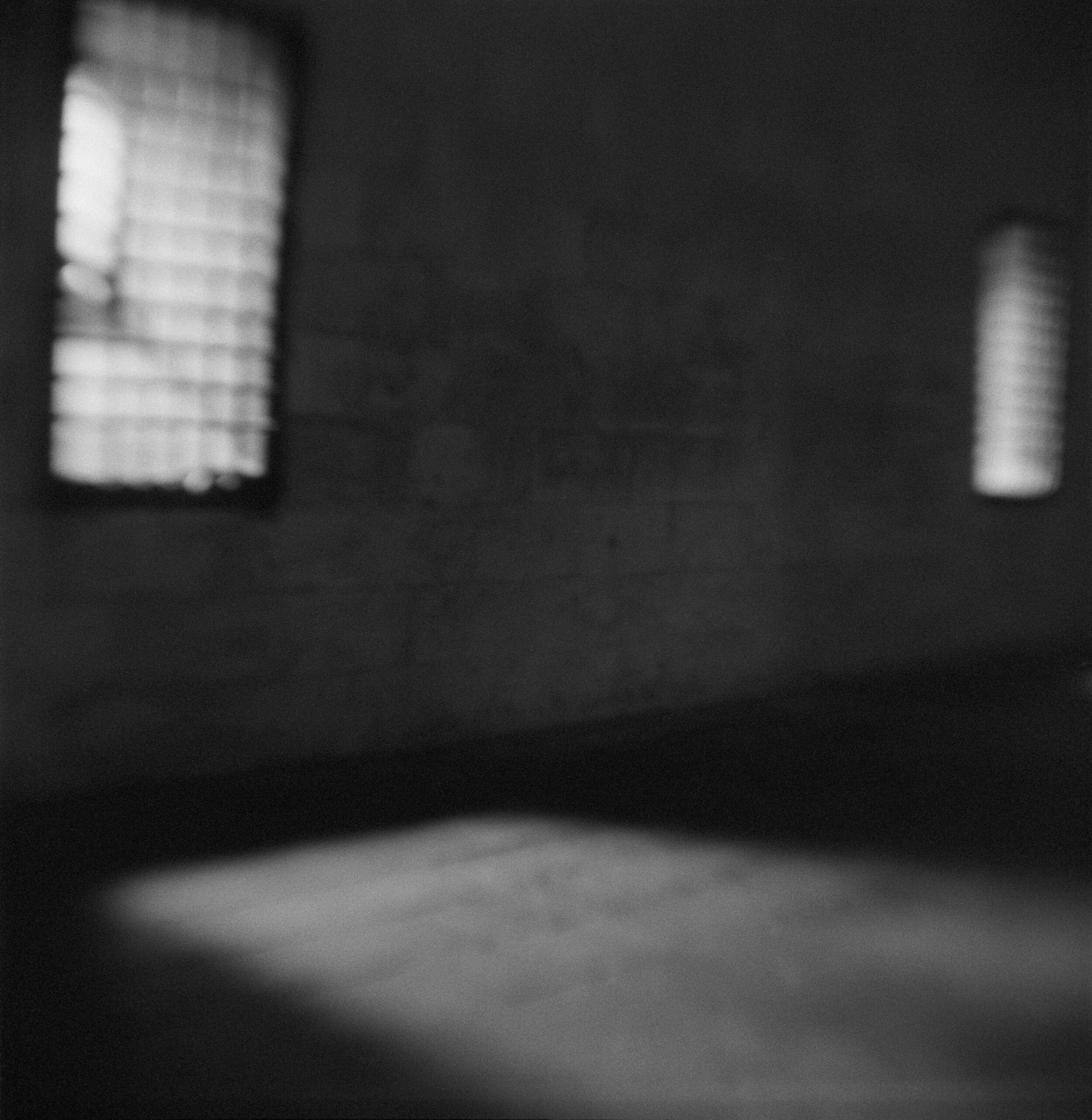
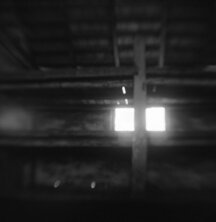
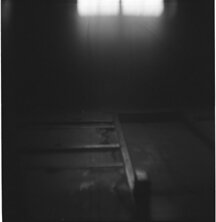
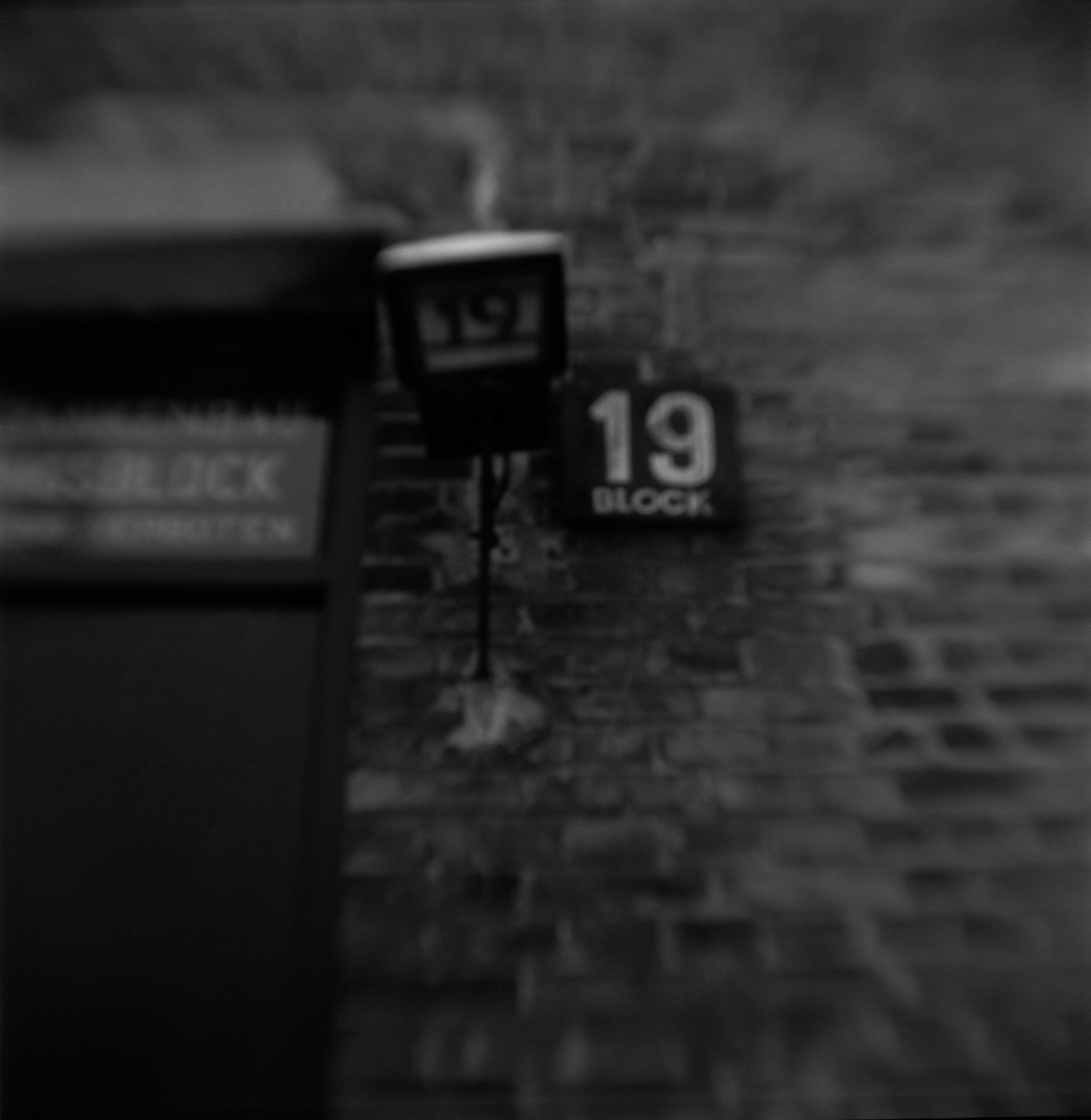
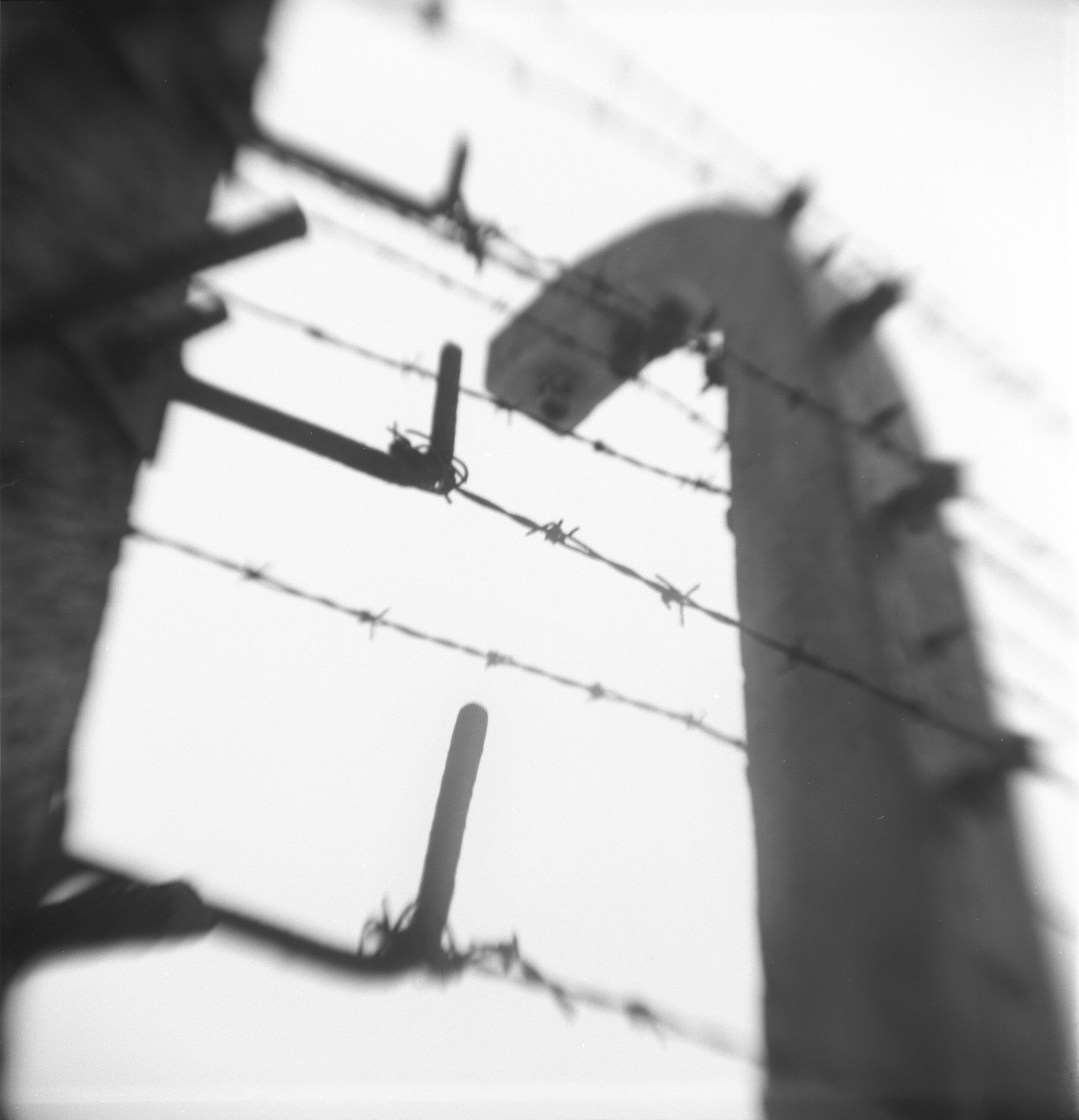
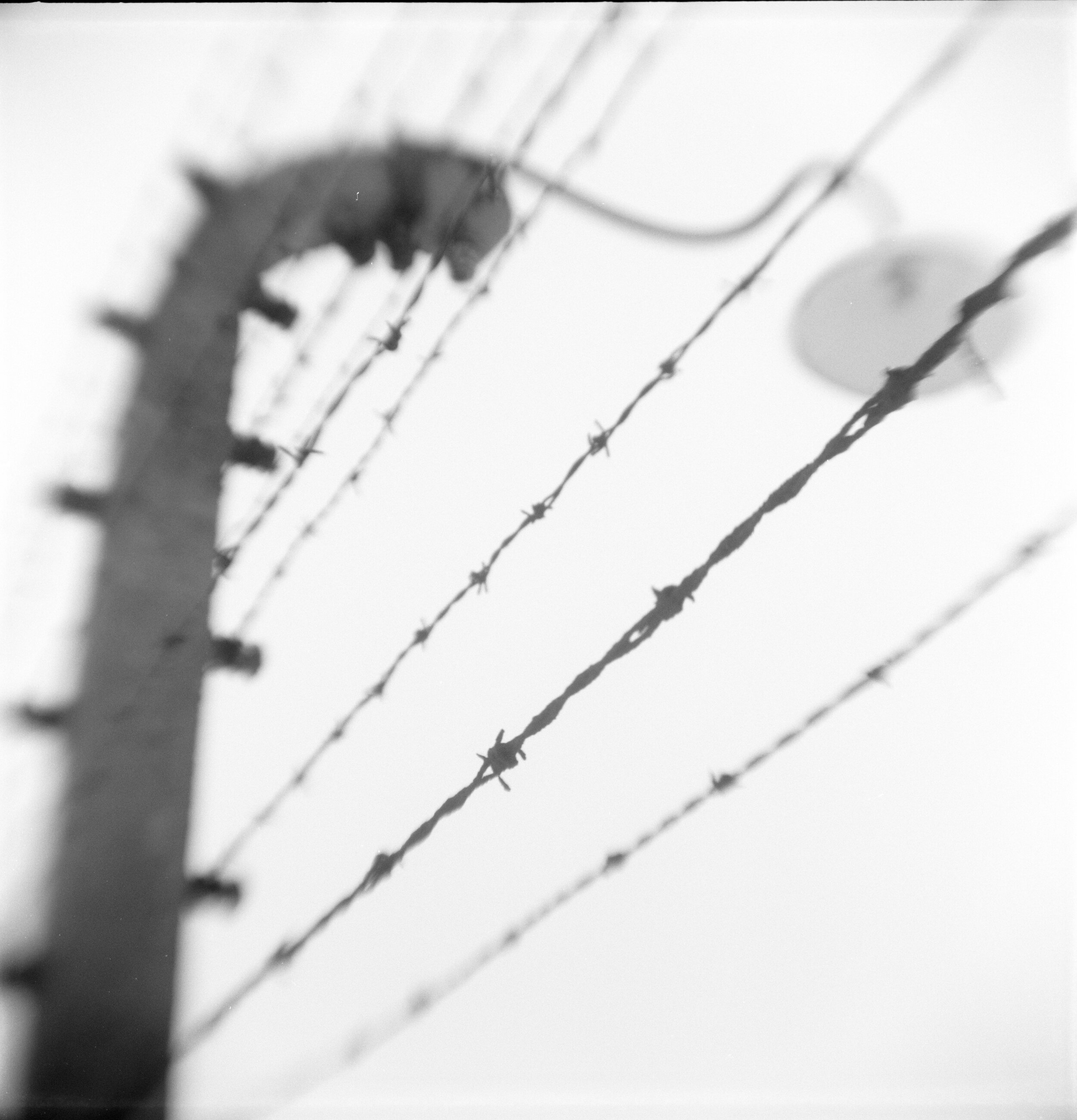
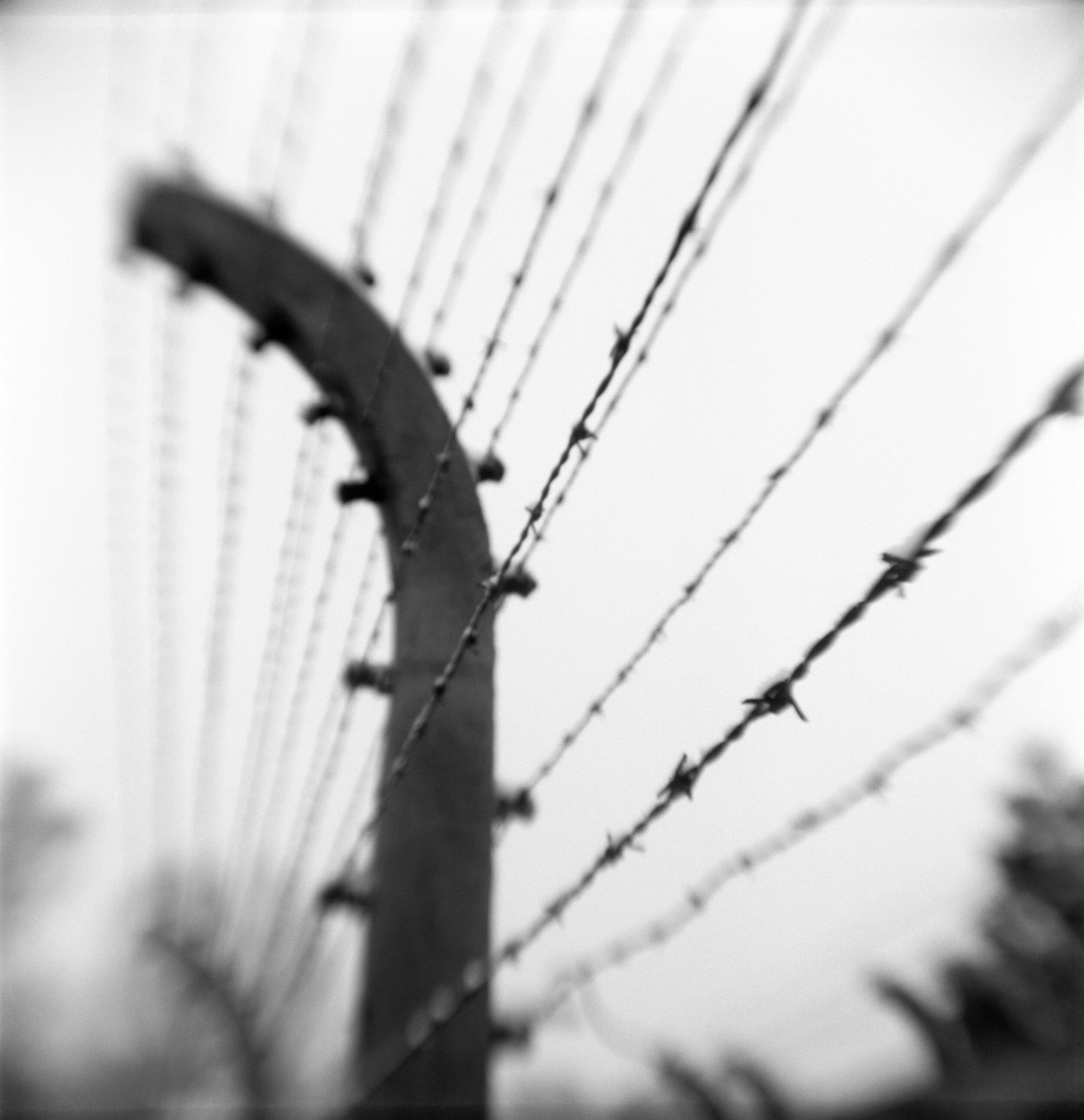
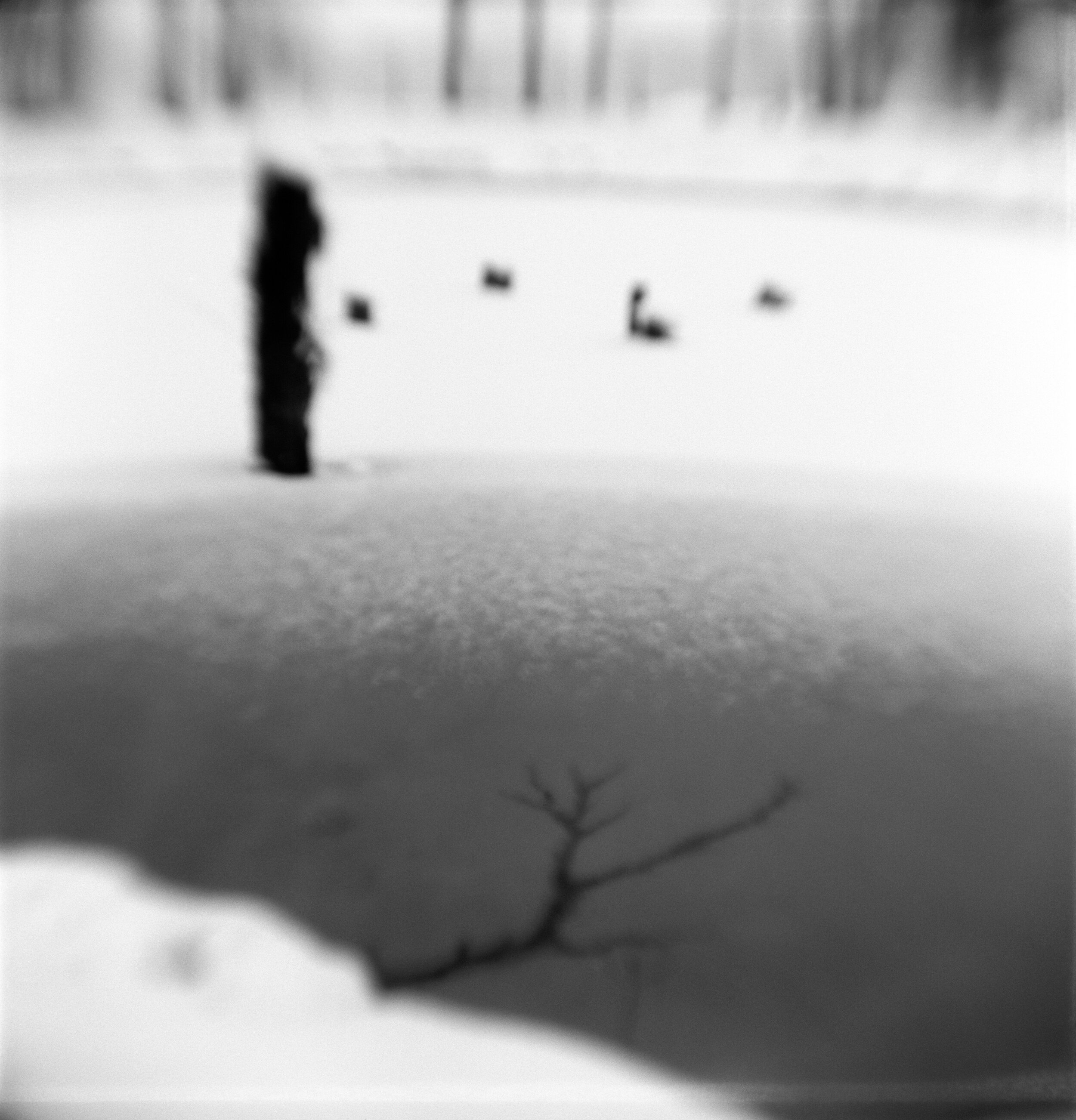
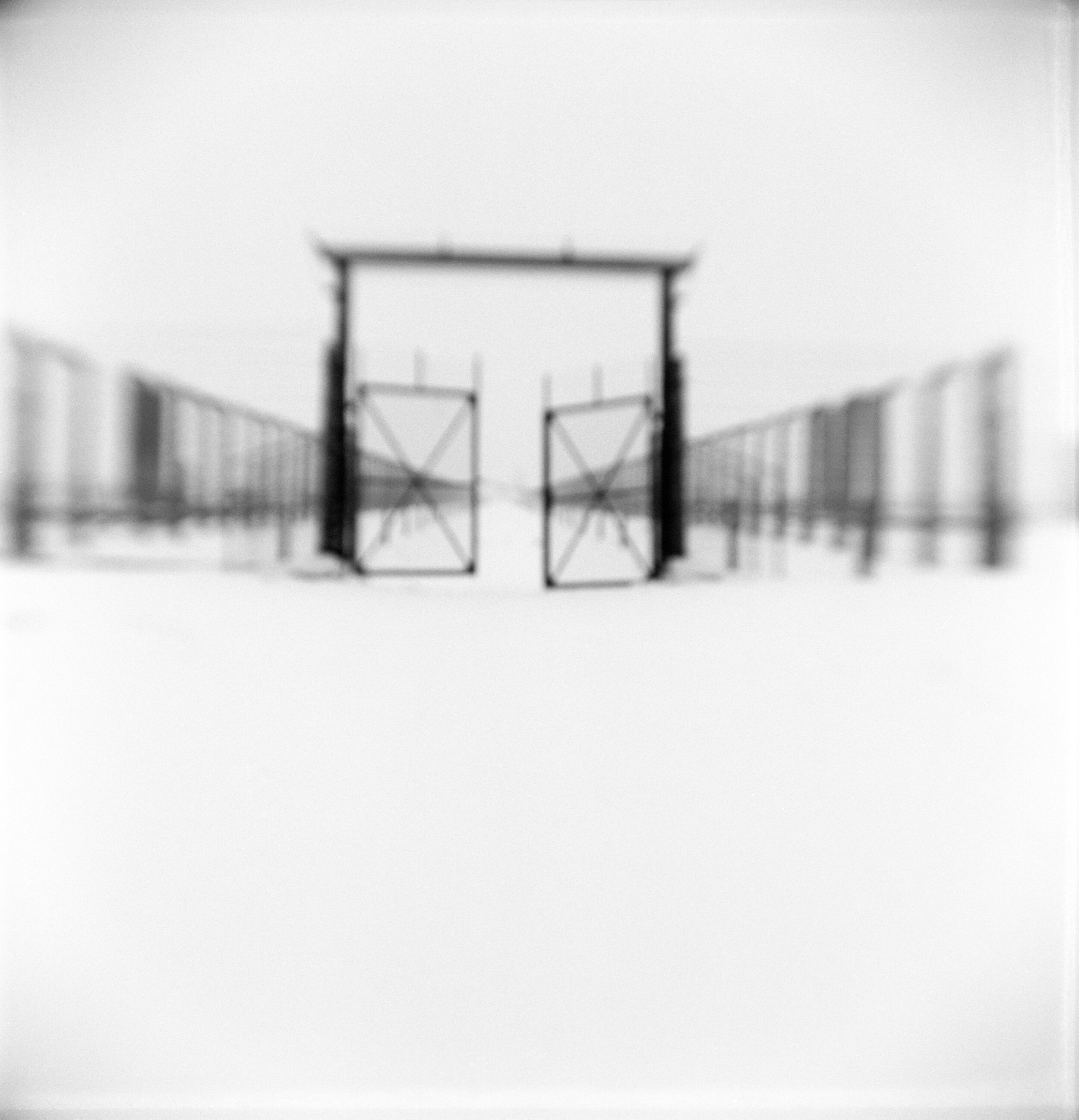
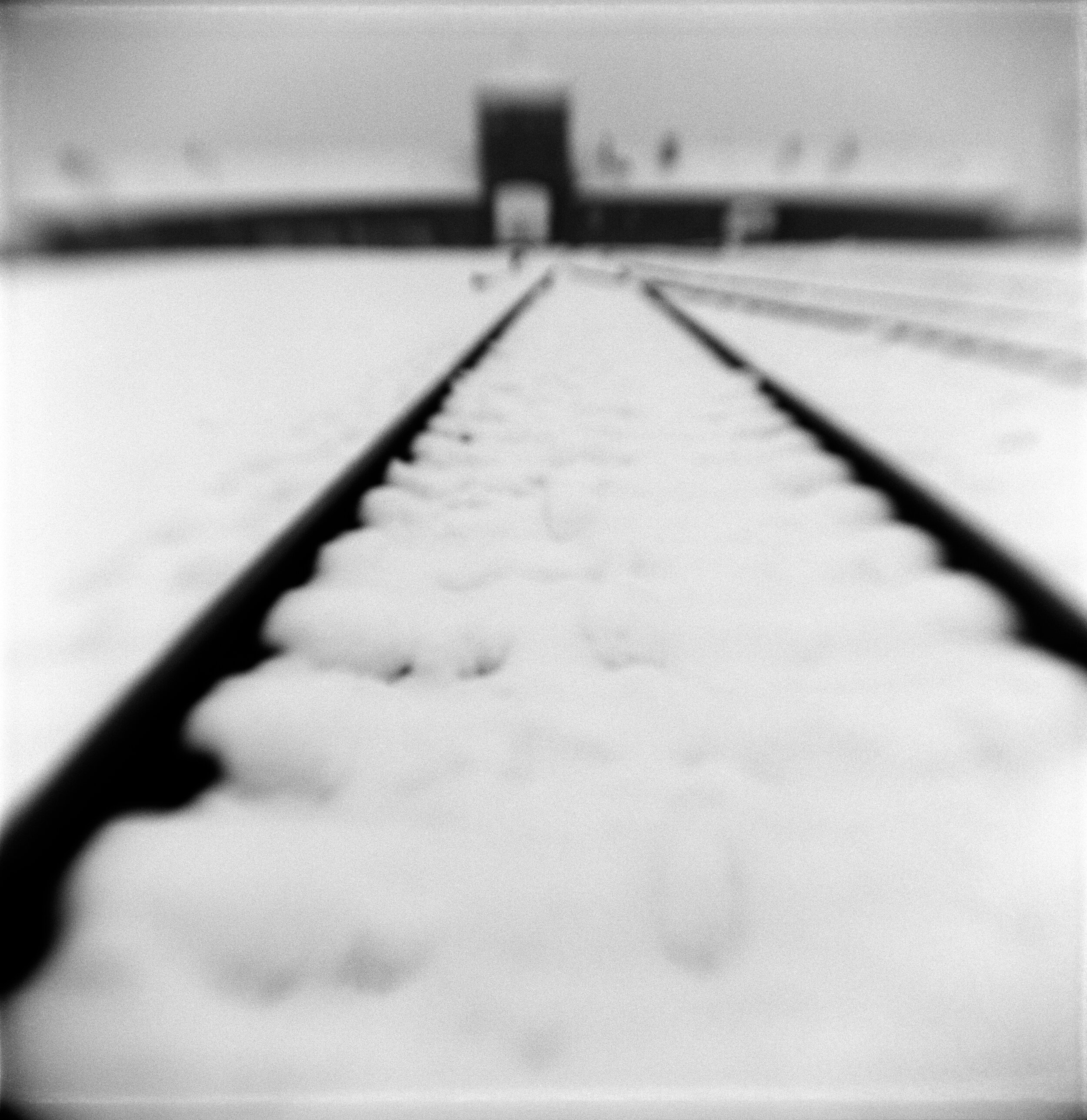
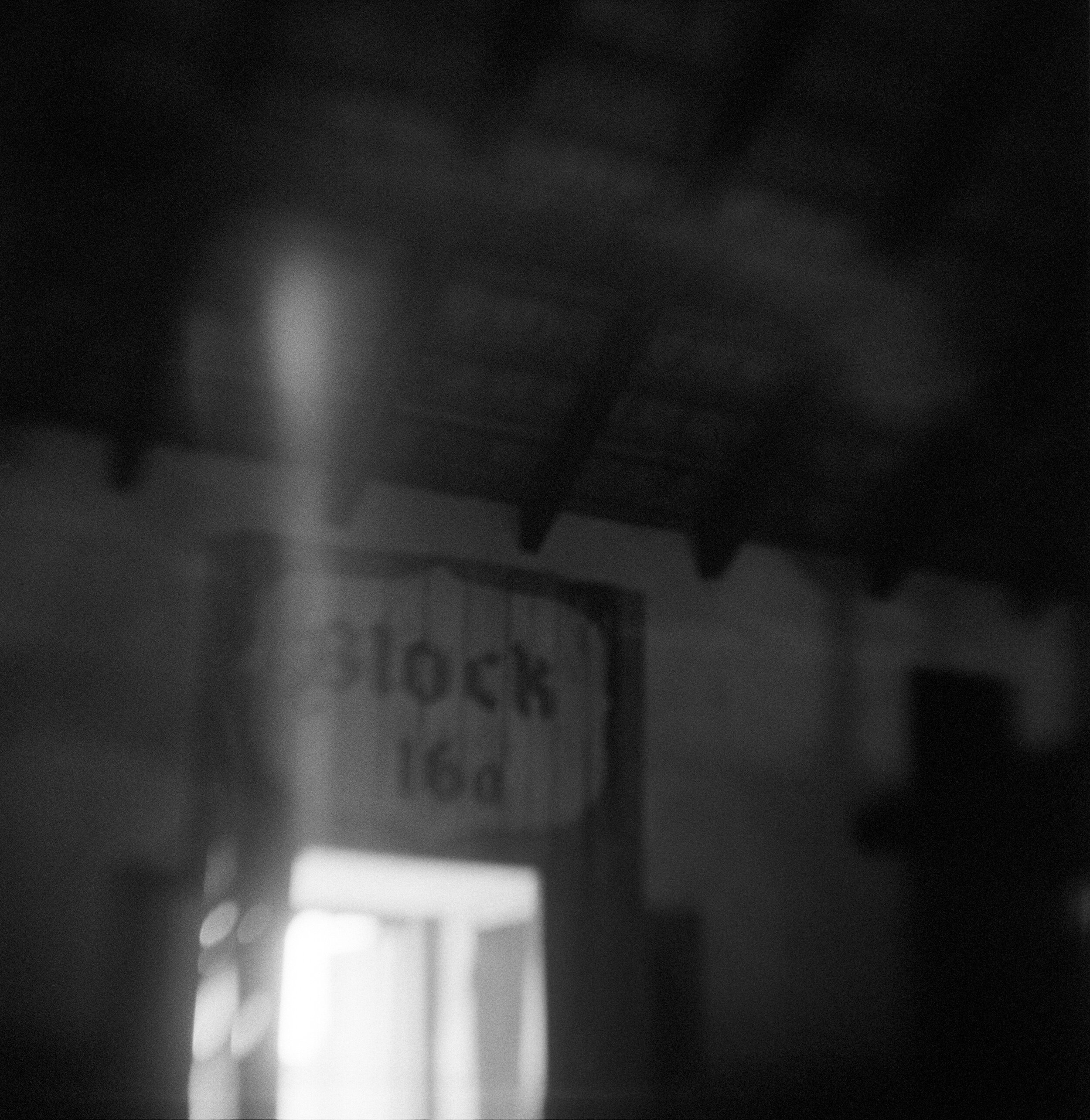

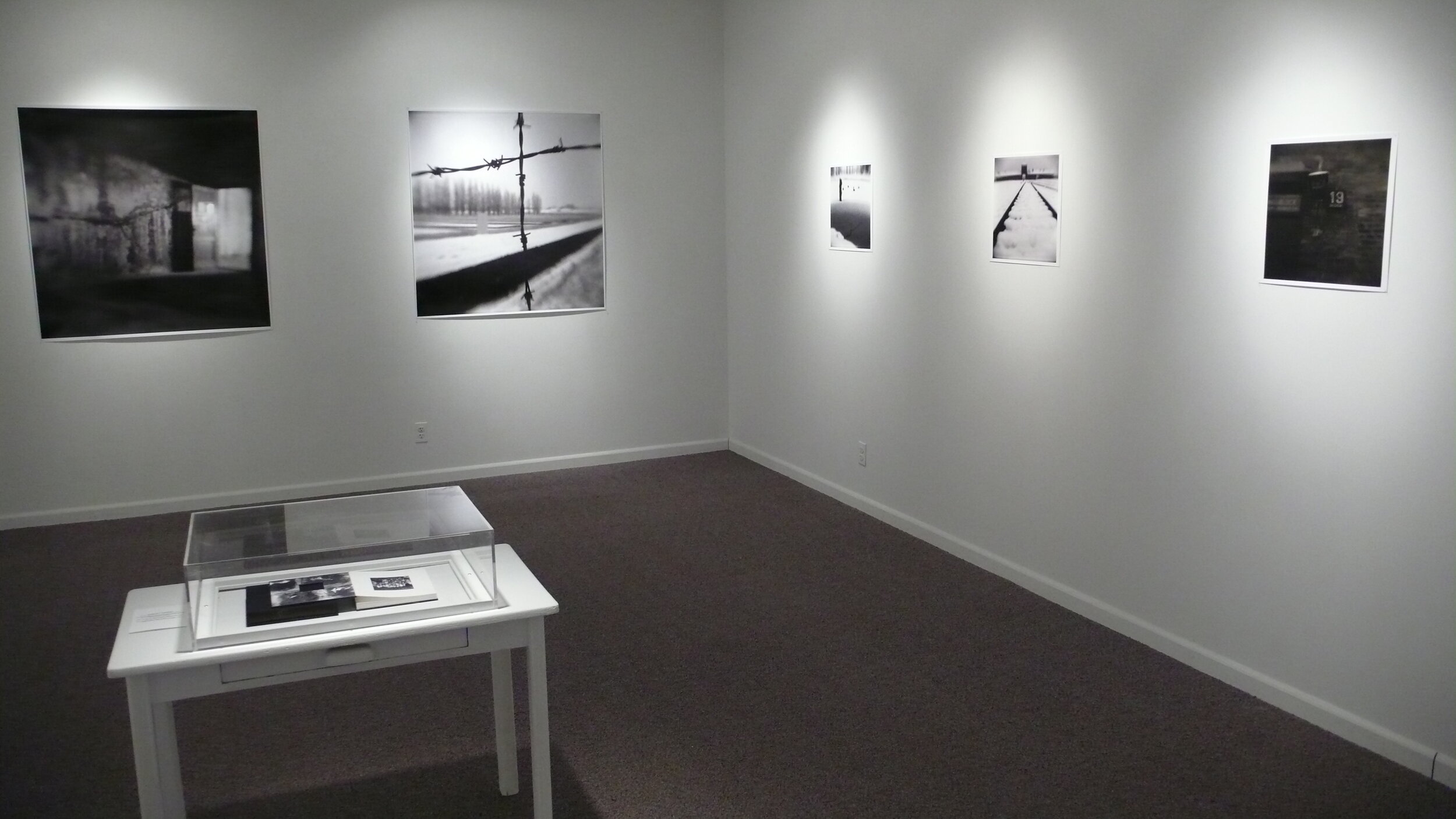
Taber Gallery, HCC